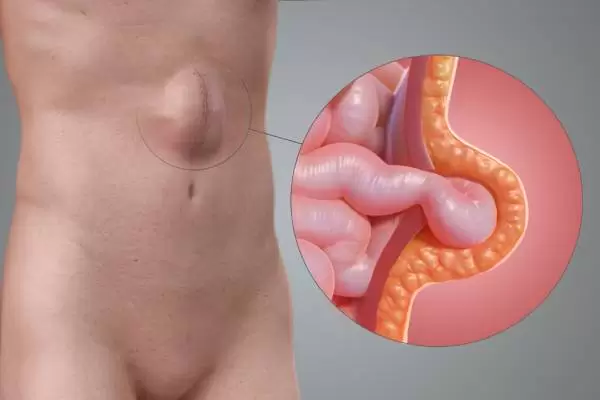Comprehensive Guide to Incisional Hernia Repair on the NHS and Incisional Hernia Concerns in
Females
Managing an incisional hernia, particularly for female patients, involves understanding
treatment options and navigating the NHS healthcare system. This guide will cover incisional
hernia repair on the NHS and specific concerns related to incisional hernias in females.
Understanding Incisional Hernias
An incisional hernia occurs when tissue protrudes through a weak spot in the abdominal wall at
the site of a previous surgical incision. This type of hernia can develop months or even years
after surgery, leading to discomfort and potential complications.
Incisional Hernia Repair on the NHS
The NHS provides various options for incisional hernia repair. Here are the key points to
consider:
- 1. Diagnosis and Referral
To begin the process, patients need a referral from their GP. The GP will conduct an
initial assessment and refer the patient to a specialist for further evaluation.
- 2. Surgical Options
- Open Surgery: This traditional method involves a larger incision to access and
repair the hernia. It is effective for larger or complex hernias.
- Laparoscopic Surgery: A minimally invasive approach using small incisions and a
camera to guide the repair. It offers quicker recovery times and less
post-operative pain.
- Mesh Repair: Often used in both open and laparoscopic surgeries, a synthetic mesh
reinforces the abdominal wall to prevent recurrence.
- 3. Post-Operative Care
Post-operative care includes regular follow-ups to monitor recovery, manage pain, and
address any complications. The NHS provides comprehensive support during the recovery
period.
Incisional Hernia in Females
While incisional hernias affect both genders, there are specific considerations for females:
- 1. Risk Factors
-
Pregnancy: The strain on the abdominal wall during pregnancy can increase the
risk of developing an incisional hernia.
-
Previous Surgeries: Women who have undergone multiple abdominal surgeries, such
as C-sections or hysterectomies, are at a higher risk.
-
Connective Tissue Disorders: Conditions that weaken connective tissues can
contribute to the development of hernias.
- 2. Symptoms
Symptoms of an incisional hernia in females are similar to those in males but can be
complicated by hormonal changes and pregnancy:
- Visible Bulge: A noticeable bulge at the site of the previous incision,
especially when standing or straining.
- Pain and Discomfort: Pain around the hernia site, which may increase with
physical activity.
- Digestive Issues: Nausea, vomiting, or constipation if the hernia affects the
intestines.
- 3. Treatment considerations
- Timing of Surgery: For women of childbearing age, the timing of hernia repair
surgery may be planned around pregnancy to minimize risks.
- Surgical Technique: The choice of surgical technique may be influenced by
previous surgeries and the specific anatomy of the patient.
Conclusiom
Navigating incisional hernia repair on the NHS and addressing specific concerns for female
patients requires a comprehensive understanding of the available treatment options and risk
factors. Whether opting for open or laparoscopic surgery, the NHS provides robust support and
care throughout the treatment process. For females, particular attention to risk factors and
personalized treatment plans ensures the best possible outcomes.
